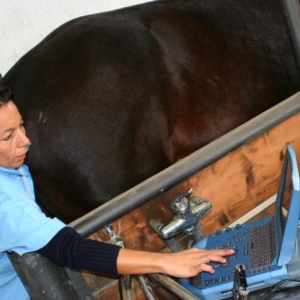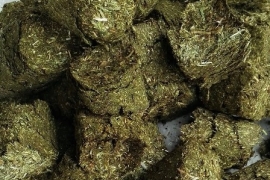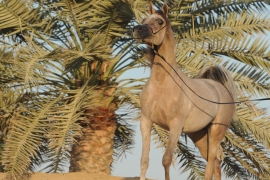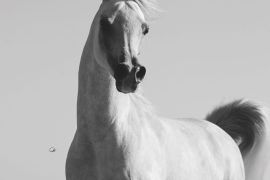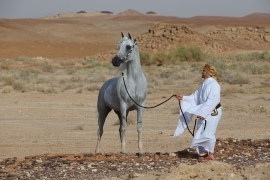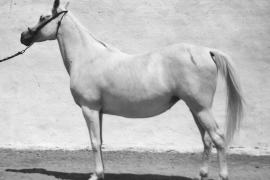There are two or more theories on the use of the frozen semen in the mare, all based on the principle that the frozen-thawed spermatozoa have a shorter life, and need to approach and fertilize the ovocyte within few hours from thawing.
According to the first theory, usually easily managed in a well organized inseminating center, mares are examined every 6-8 hours so to detect the ovulation time very closely.mares are usually are inseminated within 6 hours before or after ovulation.
According to the second theory, born to be applied at the farm, the mare in oestrus is checked every day until she has a 35 millimeter follicle, then the ovulation is induced with hcg or gnrh analogue, and the mare is inseminated blindly at 24 and 40 hrs. It has been published that about 80% are likely to occur within this window so this technique should minimize the number of ultrasounds on the mares. On another side the “blindness” can promote inseminations on anovulatory follicles and multiple inseminations are shown to promote inflammation in a susceptible uterus.
Obviously the second one is semen consuming, while the first one allows the use of one inseminating dose only for each cycle.
When the mare is considered ready to inseminate, she has to be aseptically prepared for the procedure by cleaning the perineal area .
Eight 0,5 straws have to be thawed by quickly putting them from the nitrogen tank into a 37 centigrade degrees waterbath for 30 seconds.
After carefully drying the straws they have to be rechecked for the stallion i.d. and then alternatively :
- cut all the straws into a sterile 5-10 ml tube (you will have 4ml total volume) and aspirate through the inseminating pipette into the sylicon free sirynge. Then inseminate into the uterus.
- use a multiple straw inseminating system with pistolet (imv-minitube) which allows inseminating the straws one-by-one leaving the inseminating pipette still in the mare.
The mare is usually checked by the veterinarian the day after ovulation if possible, to detect possible ultrasonographic signs of inflammation (edema-fluid) and eventually treated.

